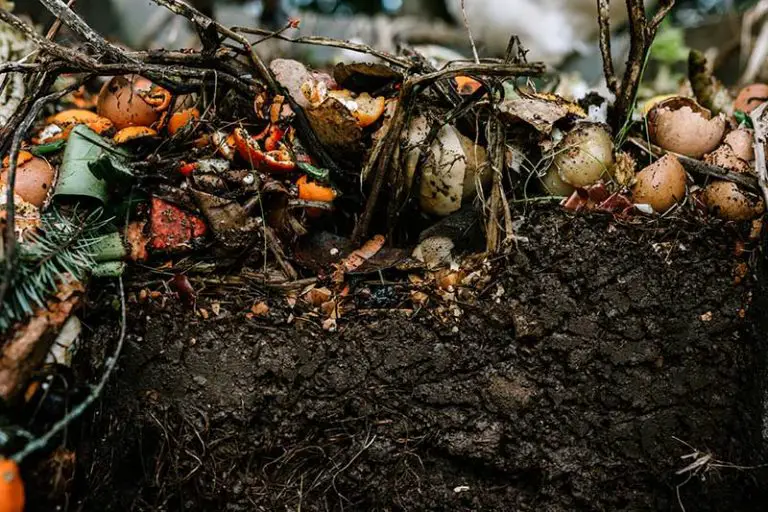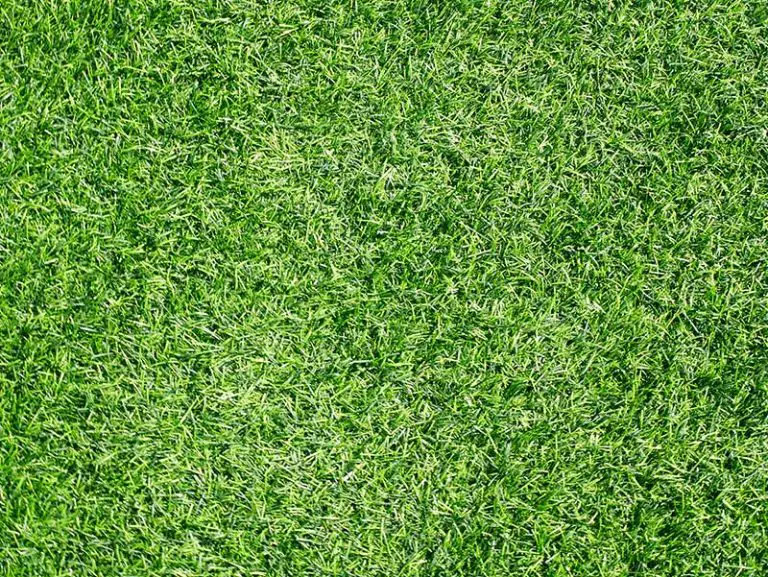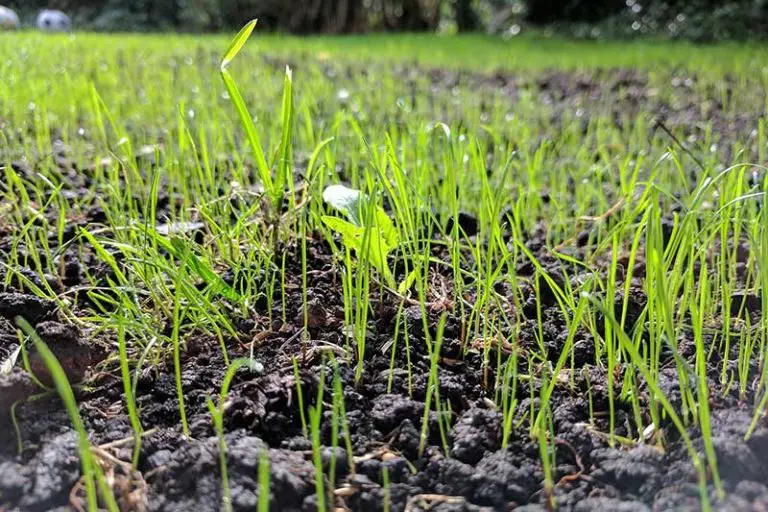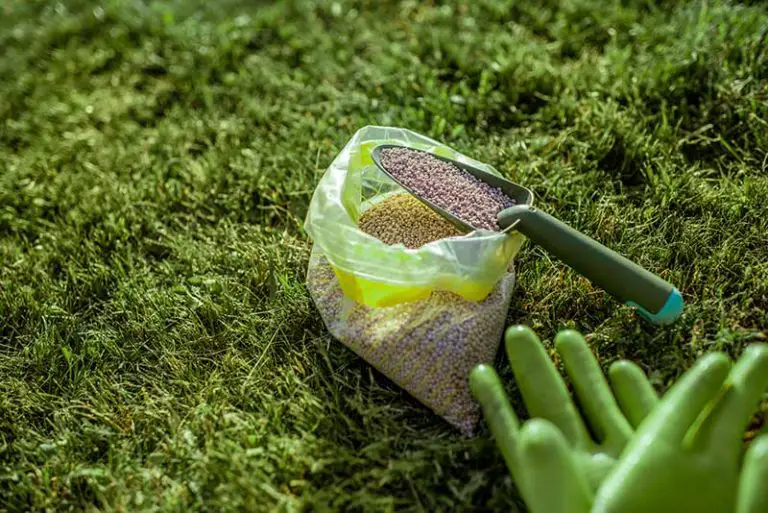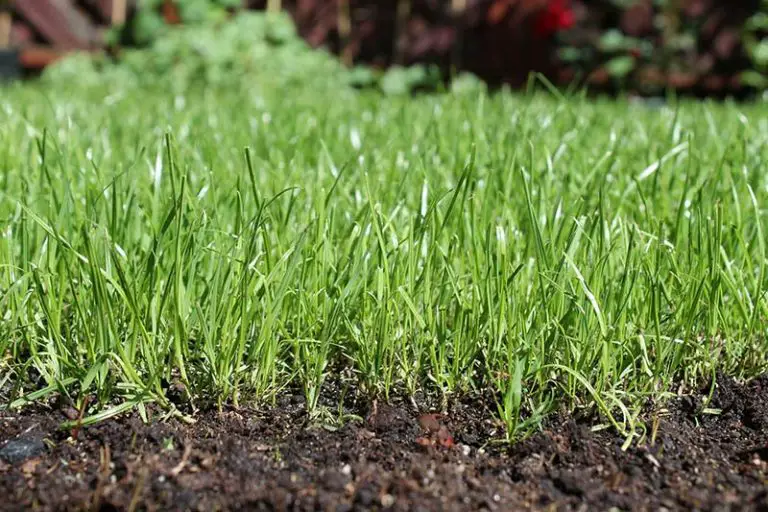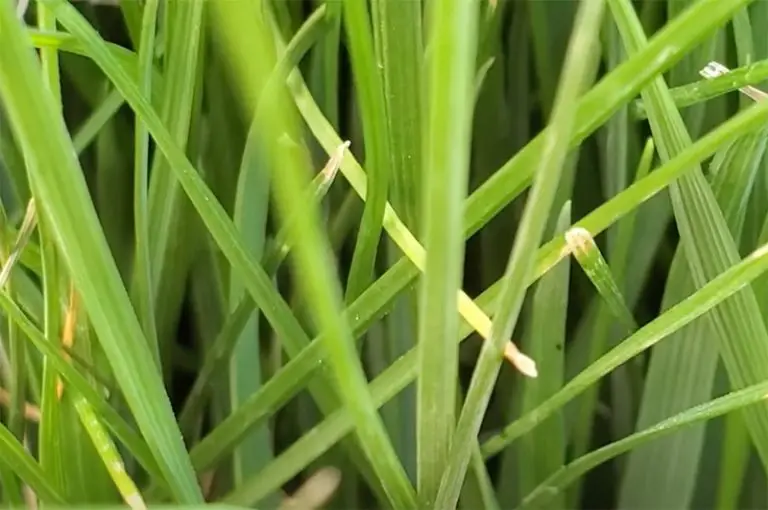Boost Your Lawn’s Health with Iron Application
In addition to a number of other important substances, iron is a crucial nutrient that your lawn needs to thrive. Without enough iron, your lawn will turn pale and unhealthy, and is less resistant against stress from pests and disease.
In general, the best time to apply iron to a lawn is in the spring. You can apply iron at any time, however, the treatment will be most effective at this point in the growing season. You should first conduct a soil test to determine the amount of iron your lawn currently contains; this is to ensure an application of the nutrient will benefit the grass.
What Does Iron Do For Your Lawn?
The grass plants on your lawn require a range of nutrients in order to thrive. Iron is one of these nutrients, being essential for the grass’ production of chlorophyll.
Aids Your Grass’ Production of Chlorophyll
Grass plants need iron primarily to produce chlorophyll. This is the substance that gives grass its green color. More importantly, the grass needs chlorophyll to photosynthesize; chlorophyll is what plants use to harness energy from the sun.
This process is essentially how the grass plants feed themselves, fueling the growth of your lawn. In addition to chlorophyll, grass plants also use iron to synthesize some of the hormones and enzymes that drive the functioning of their cells.
Strengthens Lawn Against Pests
Adding iron to your lawn can help strengthen its defense against pests. Iron sulfate is slightly acidic; this makes the soil less habitable for grubs and other insects. Not only does this get rid of the pests, it also makes your lawn less inviting for birds to dig around in. The acidity won’t hurt the birds, but having less pests for them to eat in the lawn will deter them from digging up your grass.
Helps to Eliminate Moss
If you have issues with moss on your lawn, applying iron can be a great method of natural moss control. An application of iron sulfate will cause the moss to turn black before it dies off. It’s necessary to dilute iron sulfate before using it, so a stronger solution is recommended if using it to kill moss on your lawn.
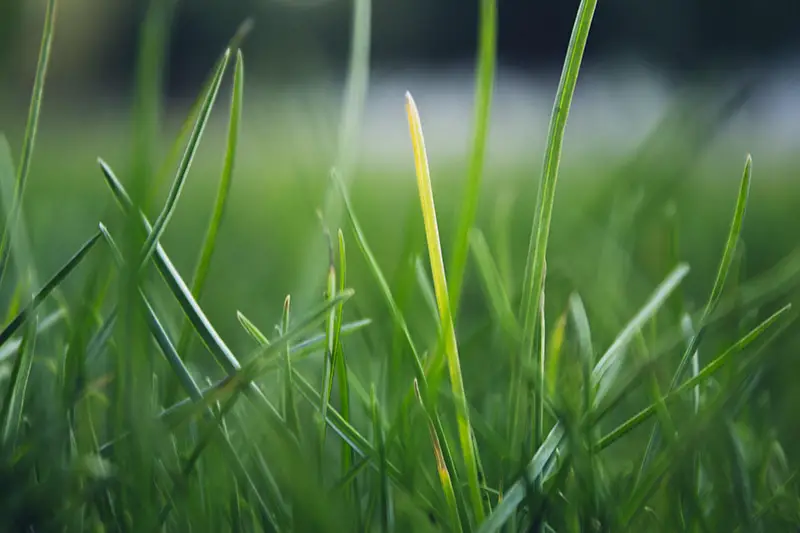
What Causes a Deficiency of Iron in a Lawn?
There are a few factors that can affect the availability of iron in a lawn. These include:
- Soil ph: Having an incorrect soil pH will affect the availability of iron in your lawn. A high pH reduces the availability of iron, while a low pH increases it.
- Organic matter: iron is more readily available when your soil has lots of organic matter.
- Moisture: the amount of moisture on your lawn also affects iron availability. A drier lawn can cause an iron deficiency, while moisture increases iron availability. Overly moist sandy soils may increase the availability of iron to the point of toxicity.
- Soil compaction: compact soils such as those that are clay-heavy have a better availability of iron than those that are well-aerated.
- Phosphorus: the uptake of iron is inhibited by excess phosphorus.
- Nitrogen: some forms of nitrogen can inhibit iron uptake.
- Zinc: an excess of zinc can inhibit iron uptake, while low levels of zinc improve it.
- Potassium: too much potassium can inhibit the uptake of iron.
Signs of an Iron Deficiency in Grass
When grass lacks enough iron, it will develop a condition called iron chlorosis.
When your grass plants suffer from iron chlorosis, the symptoms appear first on the newest growth i.e. on the tips of the blades. The grass plants initially turn yellow at the area between the veins of each blade. This causes the grass to look yellowish-green when looking at the lawn from a distance.
As the condition progresses, the grass blades will continue to turn yellow from the tips of the blades downward. In severe cases, the grass may turn white and patches of the lawn can die off completely.
While these are the typical signs of an iron deficiency, yellow grass isn’t enough on its own to diagnose the condition. There are many other issues that can cause your grass to turn yellow, such as a different nutritional deficiency, a pest infestation, watering problems, or fertilizer burn. The best way to determine whether your grass is deficient in iron is to test your soil.
Testing for An Iron Deficiency
Testing for an iron deficiency in grass typically doesn’t involve testing for the presence of iron itself. Instead, finding out the pH of the soil will reveal if your grass is deficient in this nutrient.
Soil pH is significant as it affects the availability of nutrients to your grass plants. Even if enough nutrients are present, your grass won’t be able to absorb them when the pH level is incorrect. Therefore, testing your soil pH will help you to determine the availability of iron to your grass.
You have two options when it comes to soil testing. Your first option is to test your soil at home using a DIY test kit. These tests are easy to use and will provide you with basic information on the pH and nutrient content of your soil. Alternatively, you can send a sample of your soil to a lab for professional testing. If your soil test reveals that your pH is over 7, your soil is too alkaline for the grass to absorb iron.
When to Apply Iron to Your Lawn
Generally speaking, it’s best practice to apply iron supplements to your lawn in the spring. You can apply iron supplements at any time of the year, however, they will deliver the best results in the spring.
Spring is the ideal time to apply an iron supplement to your lawn due to the air temperatures at this time of year. Iron is most effective when air temperatures are between 40 and 80°F, ideally a temperature in the 60s or 70s. This is why summer applications of iron may be less effective as air temperatures are too warm.
How Often to Apply Iron to Your Lawn
You should apply iron to your lawn 2 to 3 times throughout the growing season. Any more than this and you’ll be adding more iron to your lawn than it needs, which may lead to iron toxicity in your grass plants.
As we’ve explained the best time to apply iron to your lawn is in the spring. Another great time to apply iron to your lawn is in the middle of winter; this will give your turf a boost of color in addition to strengthening it against winter diseases such as red thread and fusarium patch.
Types of Iron Supplements for Lawns
There are two main types of iron supplements for lawns. You can either opt for an organic iron supplement or a synthetic iron supplement.
Organic Iron Fertilizer
Organic iron supplements are made from entirely natural sources. Like all organic fertilizers, these supplements work to enrich soil by releasing their nutrients as the organic matter breaks down. Although this process takes longer than a synthetic supplement, it provides better long-term nutrition for your lawn.
Organic iron supplements tend to contain other ingredients that will generally improve the health of your lawn. They also contain natural chelation, a substance that makes it easier for your grass to absorb the iron. On top of this, you don’t need to worry about staining your concrete with organic supplements.
Synthetic Iron Fertilizer
Synthetic iron supplements are instead made from inorganic materials. They are cheaper than organic supplements and work more quickly to release their nutrients. However, it’s easier to overapply a synthetic supplement.
If you apply too much synthetic iron fertilizer to your lawn, it can cause your grass to turn gray. Also, synthetic supplements stain concrete, therefore it’s important to take care with application otherwise you may end up staining your driveways or walkways.

